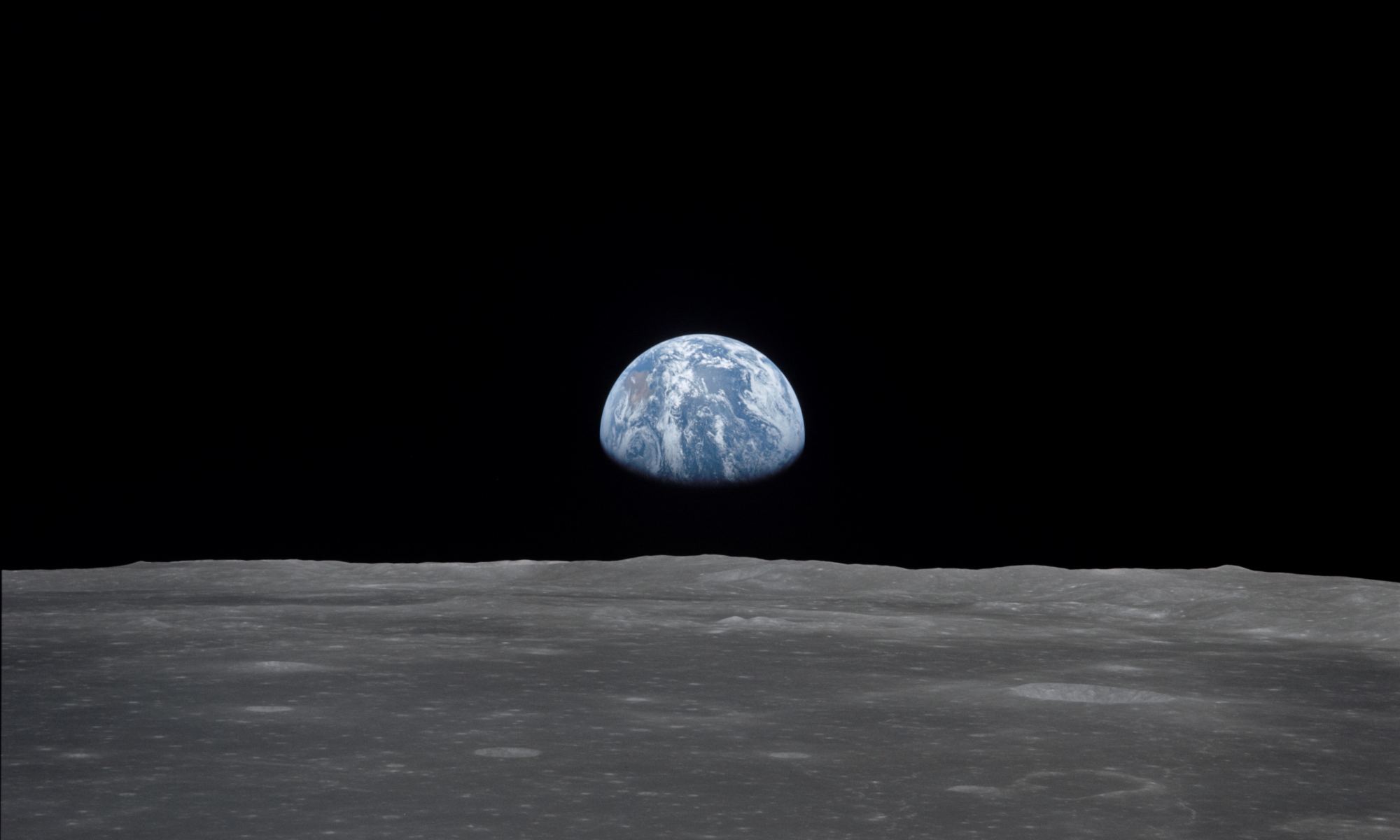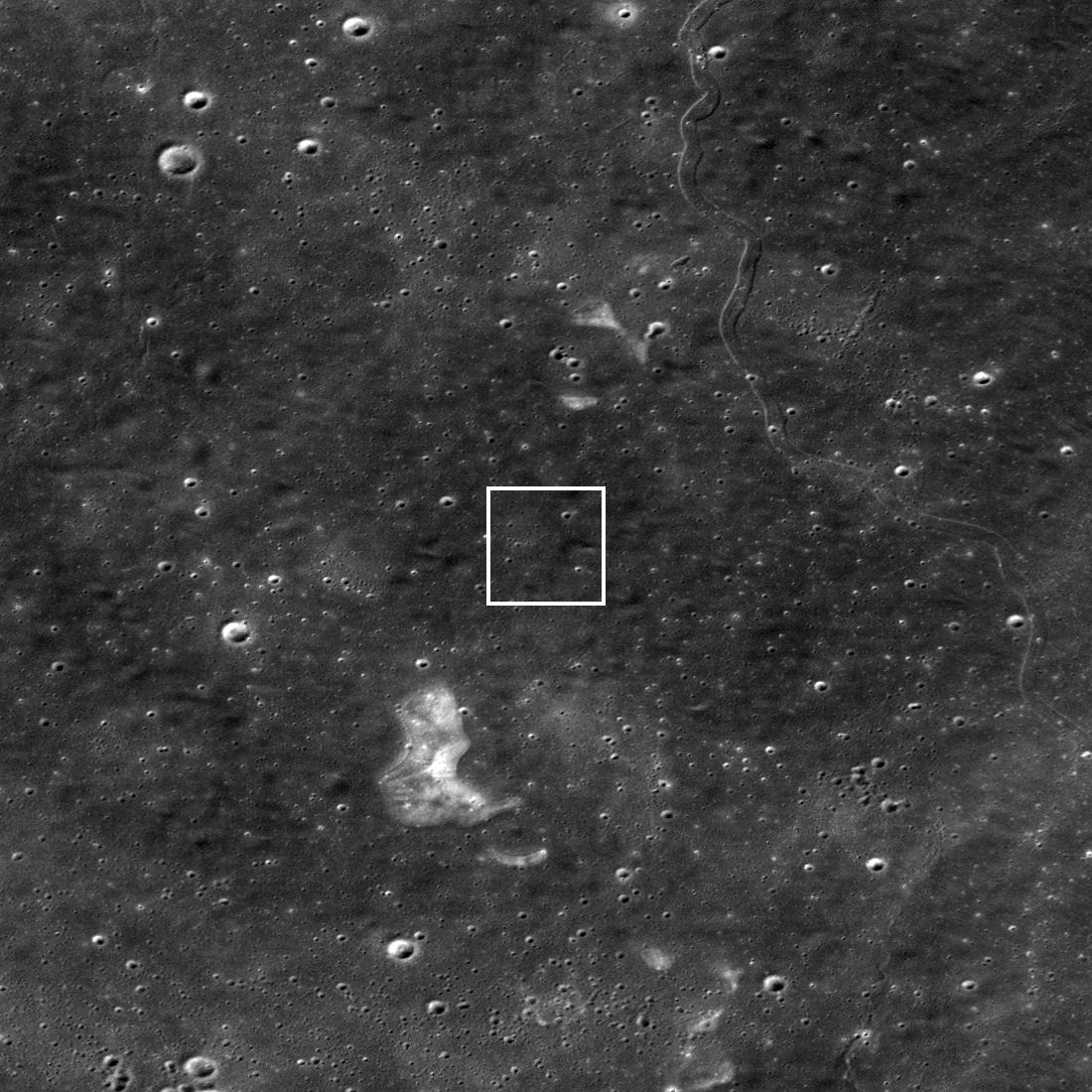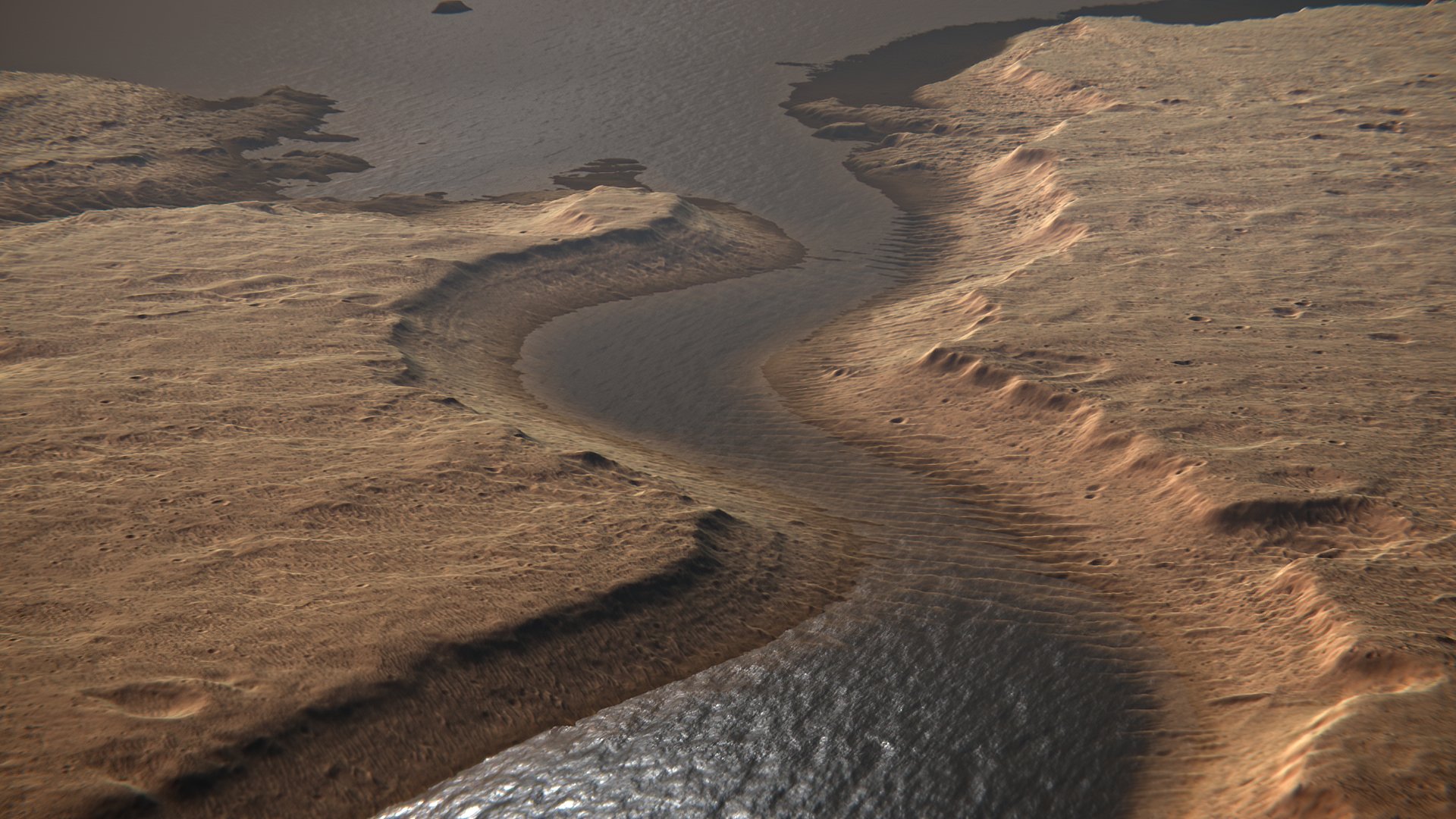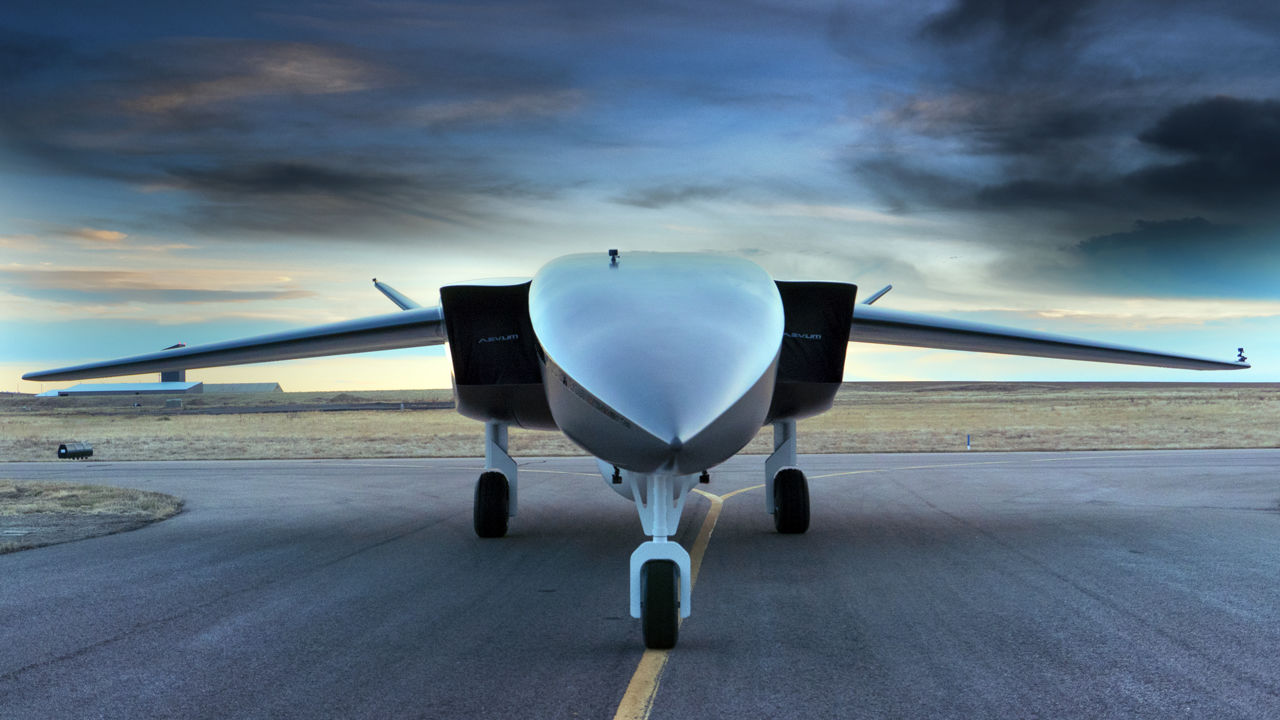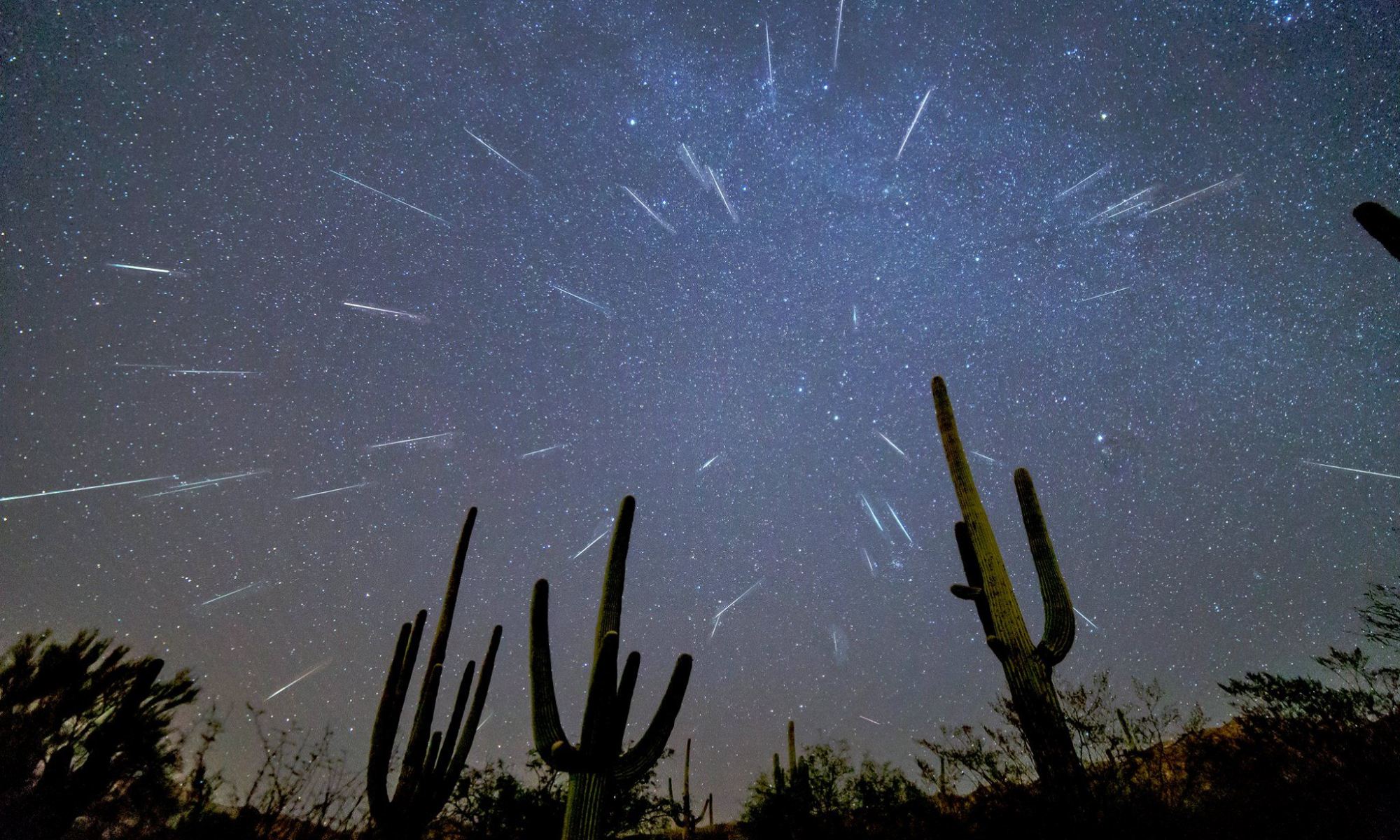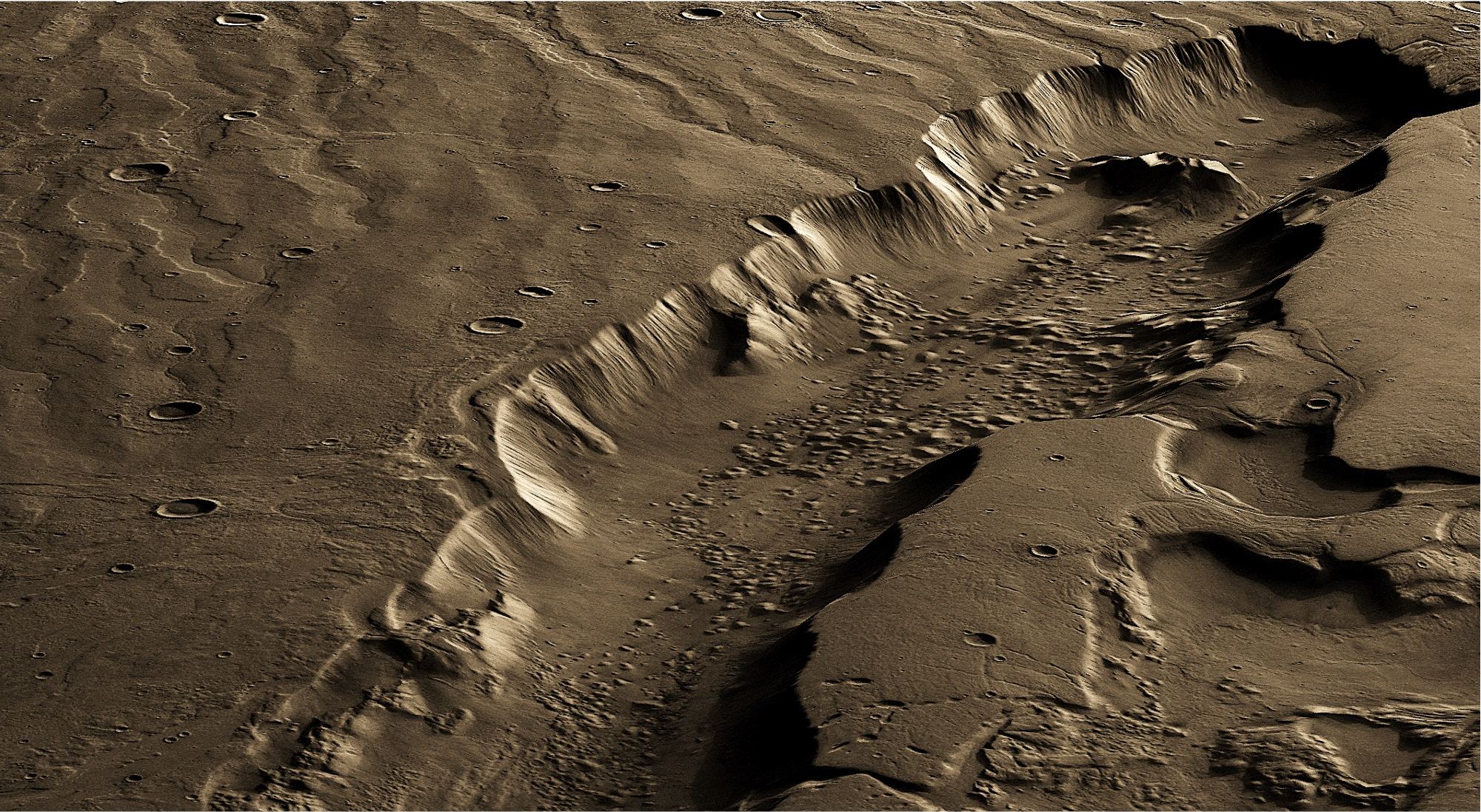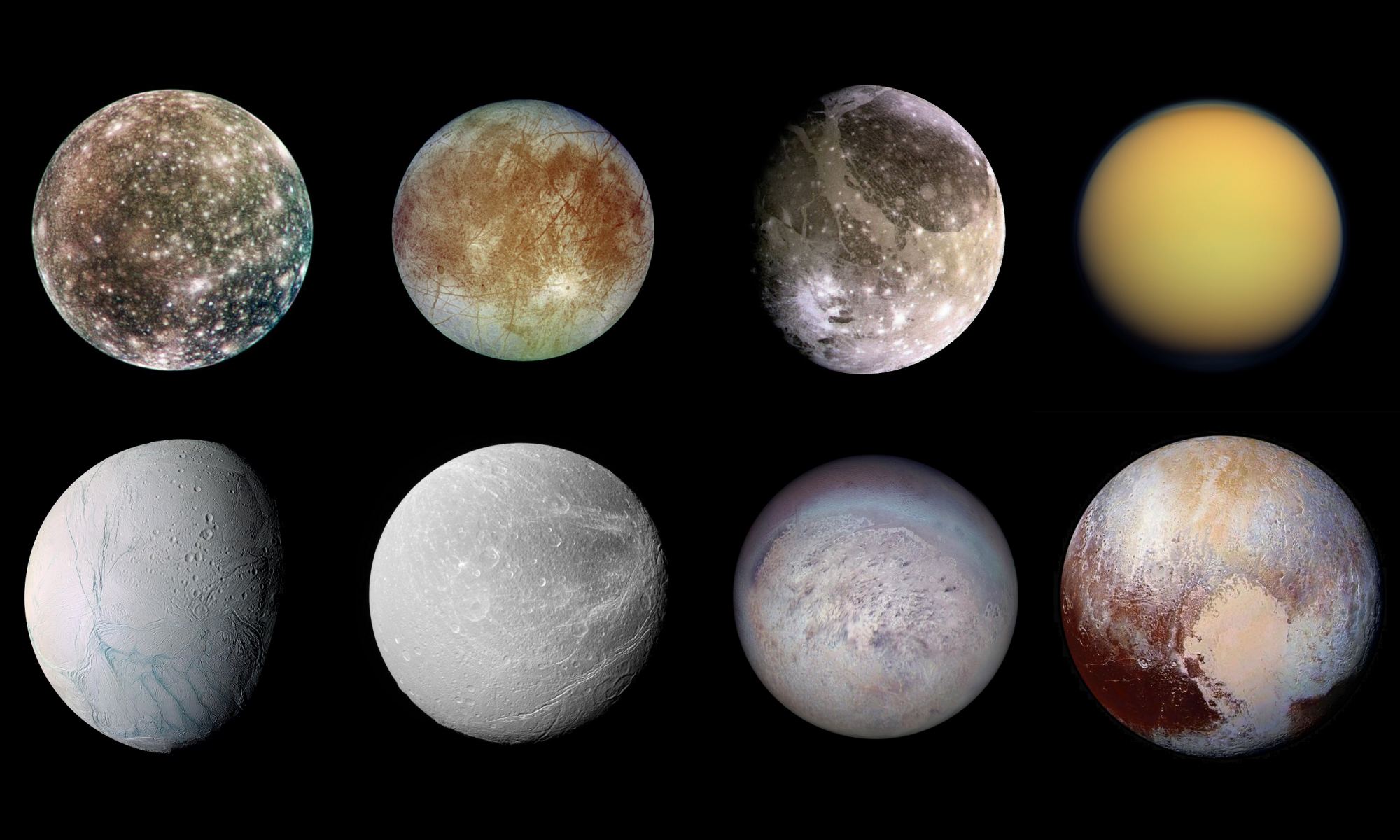In October of 2024, NASA will send astronauts to the Moon for the first time since the Apollo Era. After establishing orbit with their Orion spacecraft, a team of two astronauts (“the first woman and the next man”) will land in the Moon’s southern polar region. Over the course of a week, these astronauts will explore and investigate one of the region’s many permanently-shadowed craters.
As the first crewed lunar mission in over fifty years, this mission and those that follow will have a robust series of science objectives. These objectives were laid out in the Artemis III Science Definition Team Report, which was released to the public earlier this month. This report is a summary of the science plan prepared at the behest of NASA’s Science Mission Directorate (SMD) for the Artemis III mission.
Continue reading “Here are NASA’s Science Priorities for the Artemis Missions”
